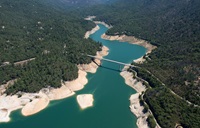
Lake Oroville Community Update for November 8, 2019.

Lake Oroville Community Update for November 8, 2019.
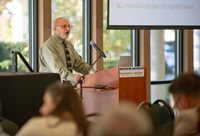
Water management in California includes a diverse range of strategies that often requires a community of water experts to come together, collaborate, and solve issues ranging from infrastructure to operations.
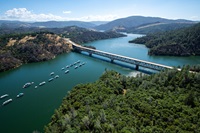
Lake Oroville Community Update, November 1, 2019
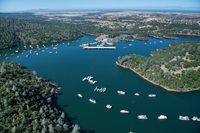
Oroville Community Update for October 25, 2019
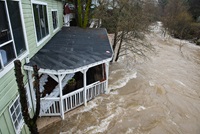
Flooding is a major issue across California – every county has experienced a federally declared flood disaster in the past 20 years. To help Californians stay prepared this flood season, DWR is participating in the eighth annual California Flood Preparedness Week from October 19 – 26, 2019.
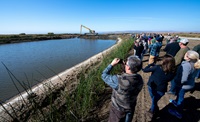
DWR gathered with its partners and contractors Oct. 15 to celebrate the completion of the 460-acre tidal wetland known as Tule Red in the Suisun Marsh.

Lake Oroville community update for Oct. 18, 2019.

Earthquakes are a fact of life in California. Every Californian learns at an early age how to prepare for an earthquake: drop and cover, protect your head, and stay clear of heavy objects that could fall.
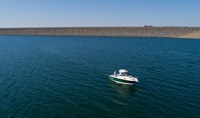
Get the Lake Oroville operations update for October 11, 2019.
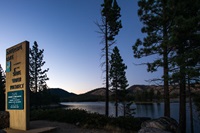
The California Department of Water Resources (DWR) will soon embark on an expedited and phased solicitation for its aging State Water Project Cost Allocation and Billing (CAB) system.